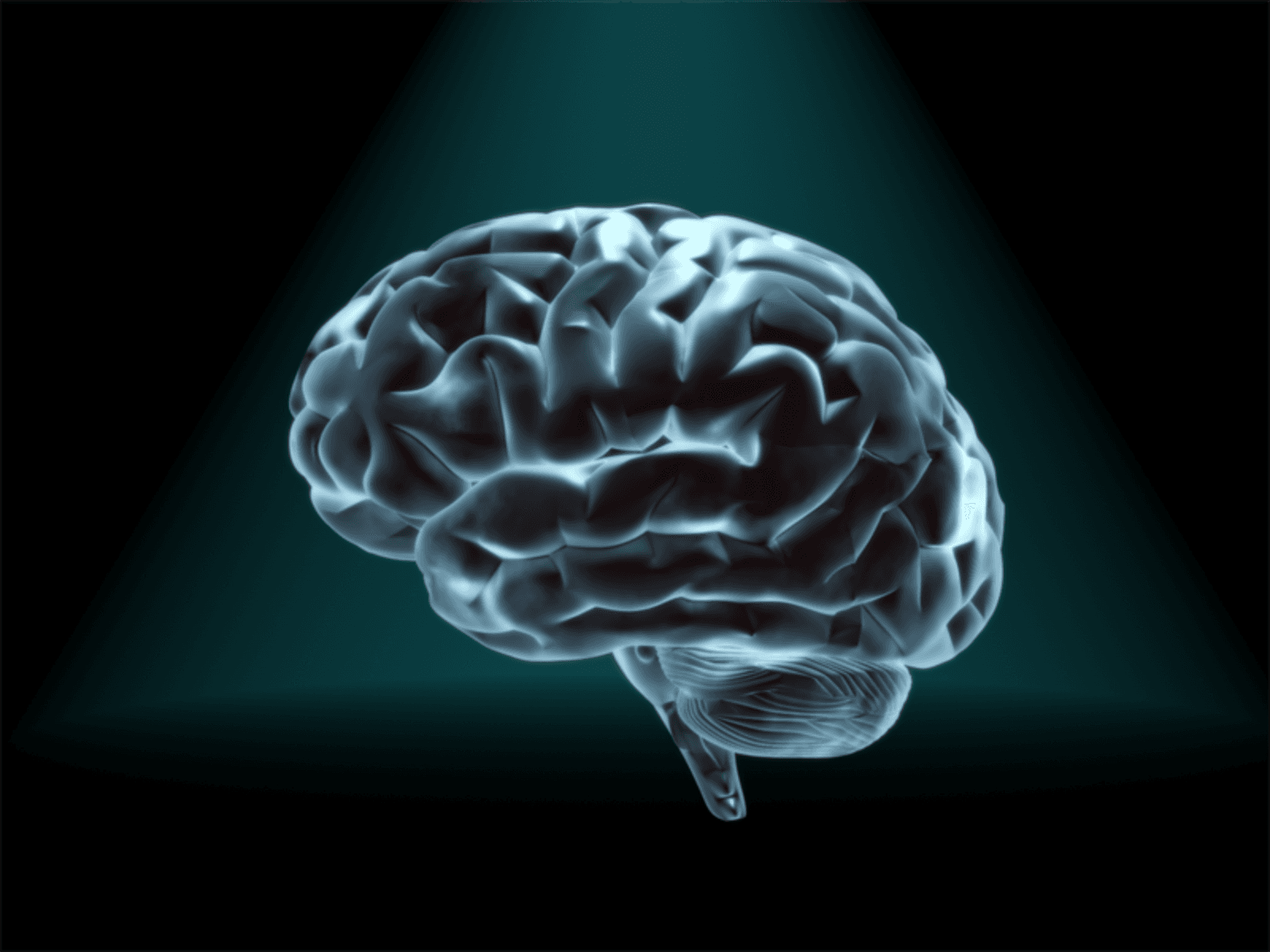Where Will Big Neuroscience Take Us?

November 17, 2014
We’re entering the era of big neuroscience. In a little over a year, the United States, Europe, Japan and Israel have launched brain research projects with big budgets and bold ambitions. Several other countries are expected to follow suit. But what has propelled neuroscience to the vanguard, and what impact will these initiatives have on the field?
It Takes the World to Map the Brain: A Roundtable Discussion with Sean Hill, William T. Newsome and Hideyuki Okano
Leaders from the U.S. BRAIN Initiative, Europe’s Human Brain Project and Japan’s Brain/MINDS discuss their ambitious research efforts are aimed at nothing less than transforming our understanding of the human brain. Read the roundtable discussion with Sean Hill, William T. Newsome and Hideyuki Okano.
“There is a revolution occurring in experimental neuroscience,” said session panelist William Newsome -- Harman Family Provostial Professor and Professor of Neurobiology at the Stanford University School of Medicine, and Director, Stanford Neurosciences Institute. Newsome has also been integral to the U.S. BRAIN Initiative. Speaking ahead of the meeting, Newsome said, “There’s the potential for incredibly rapid progress because of new tools that have been invented in the last five to 10 years that are enabling neuroscientists to make measurements of the nervous system that were simply unimaginable 10 years ago. We could think of them in science fiction but we couldn’t think about them in science reality. Yet now these things are becoming reality because of the new technologies.”
One of the issues facing these efforts: What is the best dynamic for conducting new and revolutionary research? “[W]e felt we needed strategic collaboration between clinicians and basic researchers,” said session panelist Hideyuki Okano -- professor of physiology and the dean of the Graduate School of Medicine at Keio University, a member of the RIKEN Brain Science Institute, and one of two project leaders for Japan’s new national brain-mapping project, Brain/MINDS. “For example, using a transgenic marmoset model of Alzheimer’s disease, clinicians and basic researchers are working together to identify the changes in the brain's circuitry during mild cognitive impairment and very early stages of Alzheimer's. Such collaborations aim to develop preemptive treatments for this disease before the onset of cognitive impairment. … But we also think bottom-up development is important especially for new technologies for brain mapping. That’s why we also adapted this decentralization mechanism. Our strategy is to use centralization and decentralization in parallel.”
In some ways, neuroscience is learning to follow the lead of other fields, according to Sean Hill -- Titular Professor at the Brain Mind Institute at the École Polytechnique Fédérale de Lausanne (EPFL), co-director of the Blue Brain Project and co-director of neuroinformatics in the Human Brain Project (HBP). Hill also serves as the scientific director of the International Neuroinformatics Coordinating Facility (INCF) at the Karolinska Institutet in Stockholm, Sweden. Hill said neuroscience should follow the lead of physics and astronomy, two fields that have a strong track record of bringing together and funding large, multidisciplinary teams of researchers to study complex phenomena.
“It’s going to take a world to understand the brain, so what I really hope we come out with is a new spirit of working together as a global community,” said Hill, joining the advance roundtable discussion with Newsome and Okano.
“I felt a little bit like I stepped into the future when I went to a meeting of the virtual observatories in astronomy. They’ve already done a lot of the things that we’re aiming to do…” he said. “If we can have a common infrastructure that allows us to have a globally integrated view of the data that’s being produced, and the tools to run large-scale simulations from this data, we will really have made progress in neuroscience.”
Read the complete discussion with Hill, Newsome and Okano.
Note: William Newsome and Hideyuki Okano will be participating in “Implications for Science Funding in an Era of Global Brain Initiatives,” a public session at the Society for Neuroscience annual meeting in Washington, D.C., on Tuesday, November 18, 2014 at 3 pm EST. They will be joined by Miyoung Chun, Executive Vice President of Science Programs at The Kavli Foundation and Sarah Caddick, Senior Advisor for Neuroscience, The Gatsby Foundation. See: http://www.sfn.org/news-and-calendar/news-and-calendar/news/spotlight/20...
